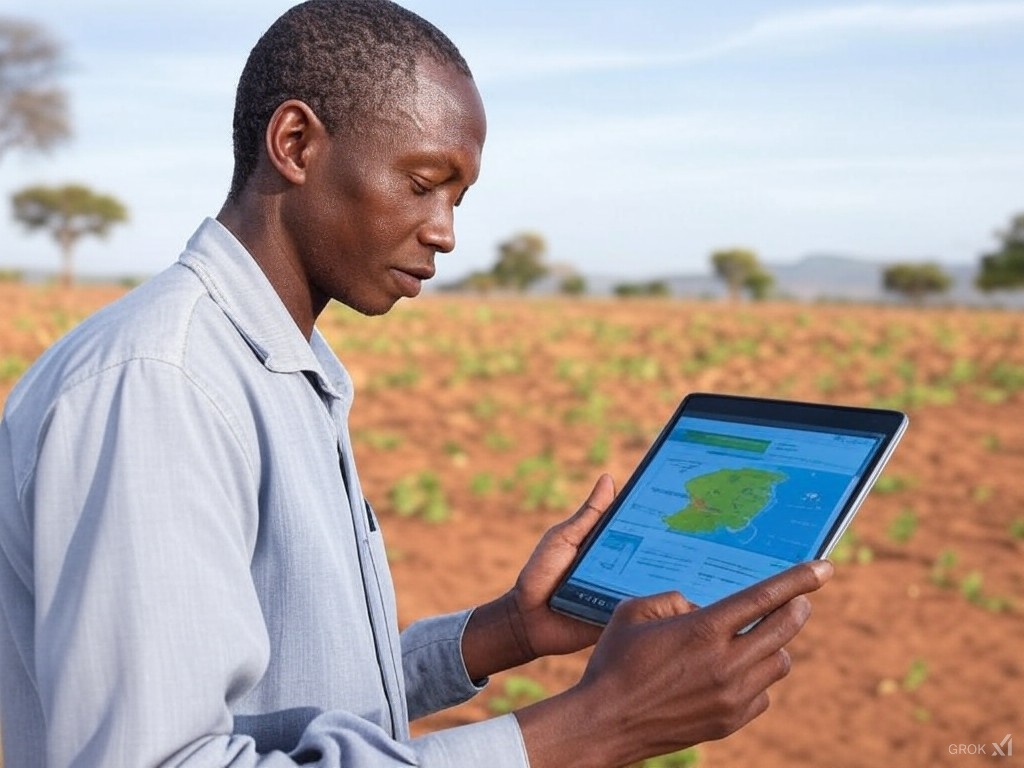
Picture this: a farmer in Niger checks her phone and instantly sees soil moisture levels across her millet fields. A drone zooms over Burkina Faso’s sorghum crops, spotting pests before they spread. In Senegal, an AI model predicts the perfect planting window for peanuts. This isn’t sci-fi—it’s the power of 5G connectivity transforming agriculture in Africa’s Sahel region. Let’s explore how this tech is turning challenges into opportunities!
The Sahel—a vast region stretching across Africa just south of the Sahara—has some of the toughest farming conditions on Earth. Climate change? Check. Water scarcity? Absolutely. But here’s the exciting part: 5G’s lightning-fast speeds and real-time data are giving farmers superpowers.
Take water management. Only 4% of Sahelian farmland is irrigated, but with 5G-connected soil sensors (like those used in California’s Central Valley), farmers get SMS alerts when crops thirst. No smartphone? No problem—these systems work with basic mobile phones!
Imagine tiny devices buried in soil, tracking nutrients and moisture 24/7. In Mali, these sensors helped reduce millet losses by 22% last year! Paired with ERP systems for sustainable soybean farming, farmers make decisions backed by real-time data, not guesswork.
5G-enabled drones are like crop doctors making house calls. In Burkina Faso, they spotted locust eggs in sorghum fields weeks before hatching. Farmers then used targeted pesticides, saving 80% of their crop. Curious how drones help elsewhere? Check out their role in California’s high-tech irrigation.
Machine learning models crunch weather patterns, market prices, and soil data to predict the future (well, almost!). A Senegalese cooperative used AI alerts to nail their peanut planting schedule, boosting yields by 18%. Texas grain farmers use similar tech for risk management in futures markets—proving good ideas travel!
Let’s visit Niger’s Tillabéri region, where 500,000 farmers are riding the 5G wave:
5G towers need energy, and the Sahel has plenty of sun! Solar-microgrid combos (like those powering India’s drip irrigation) are keeping networks alive.
Not everyone’s tech-savvy—that’s where training comes in. Nigeria’s AgriFlower Foundation teaches women to use 5G apps for seed selection. Want to explore farm management tools in Nigeria? We’ve got you covered!
Infrastructure isn’t cheap, but governments are stepping up. Mauritania offers tax breaks for agritech firms—similar to incentives boosting organic farming profitability.
The future’s buzzing with ideas:
Keen on how blockchain builds trust in farming? The U.S. is leading the charge!
From predicting droughts to fighting locusts, 5G helps Sahelian farmers tackle age-old problems with space-age tools. As Burkinabé farmer Amadou Diallo puts it: “My grandfather used the stars to plan harvests. I use satellites and 5G—but we’re both feeding families.”
Ready to explore more? Dive into ERP solutions for the Mississippi Delta or see how IoT is reshaping U.S. farms. The future of farming is connected—and it’s blooming everywhere!